2-Pentanol can coverted to 2-ethoxy pentane by two paths. In path I, configuration at chiral C is retained but at path II, configuration is inverted. Explain.
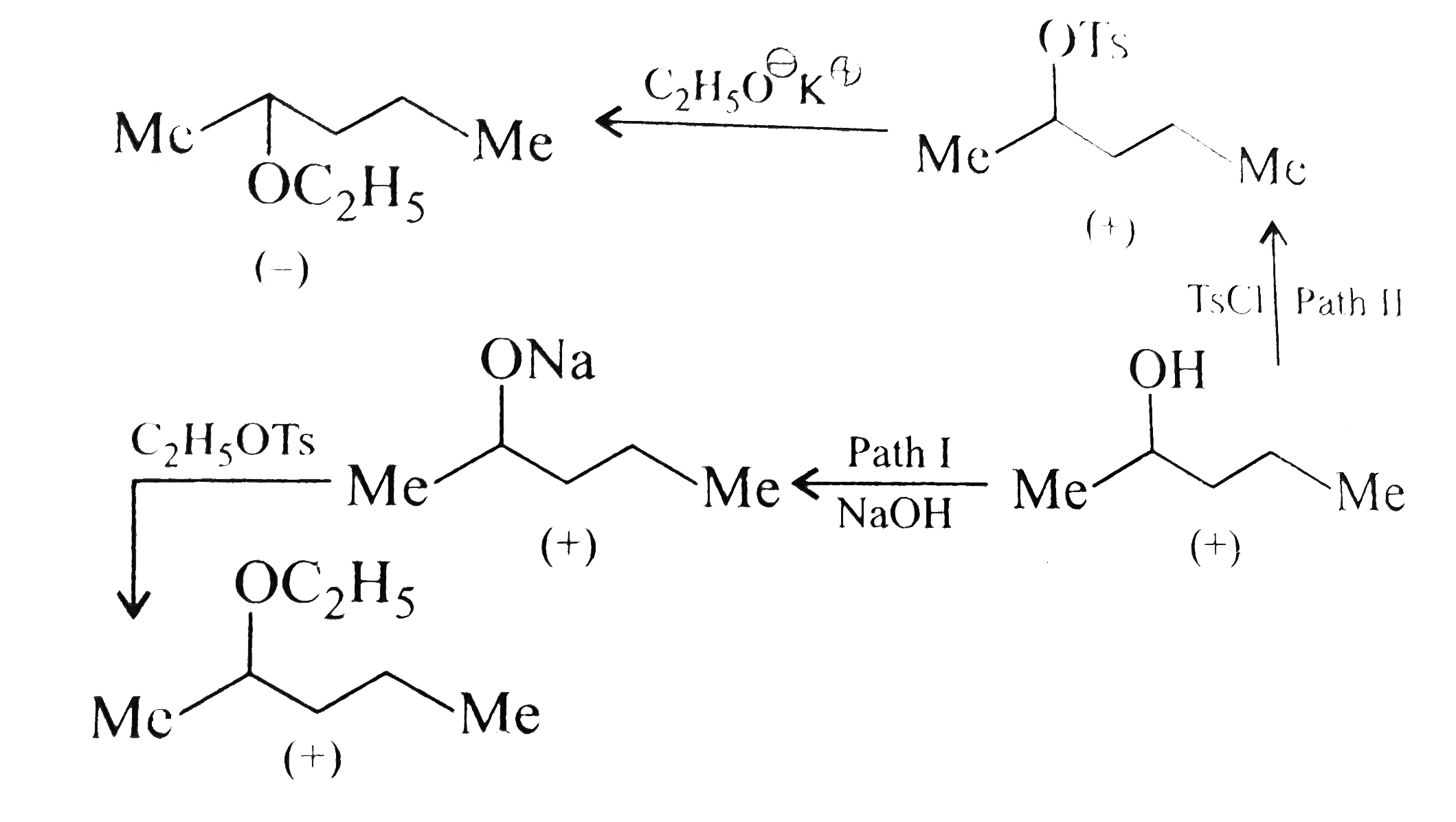 ,
,
Tosyl (Ts) is 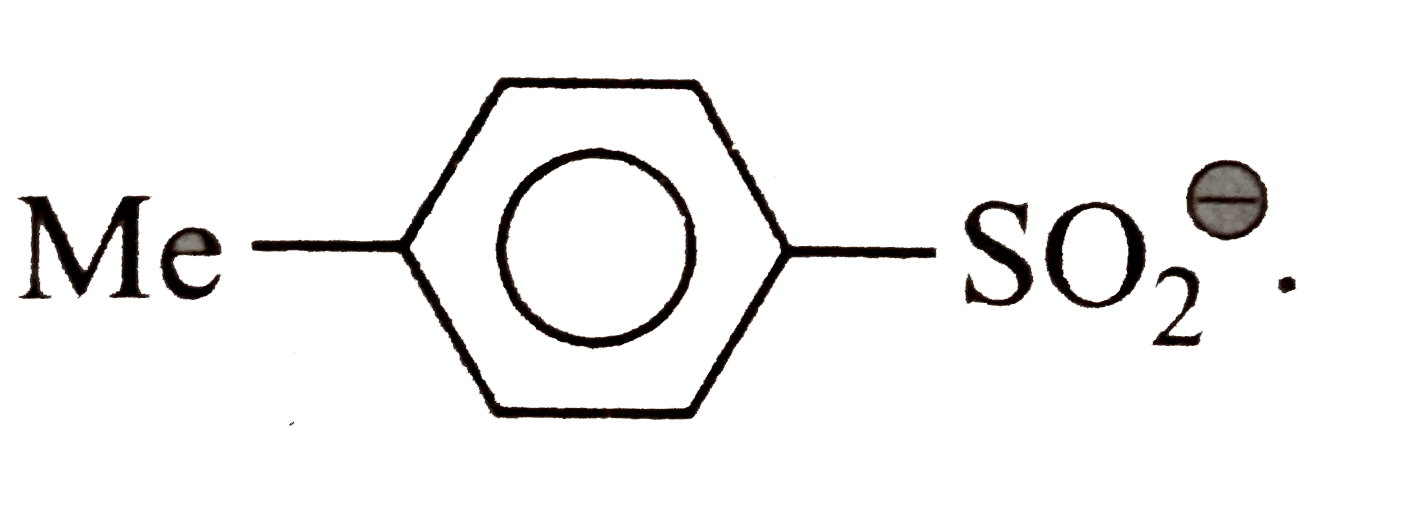 .
.
In both the paths, the nucleophile is C2H5OӨ ion. In path I, nucleophile has chiral centre and reaction takes place without breaking any bond, thus configuration in final product is retained.

In path II, nucleophile (C2H5OӨ) attacks chiral centre back-side in an SN2 reaction with inversion of configuration in ether (−−→o means inversion).
 .
.
Topper's Solved these Questions
- ORGANIC REACTION MECHANISMBOOK - CENGAGE CHEMISTRY ENGLISHCHAPTER - ORGANIC REACTION MECHANISMEXERCISE - Comprehension
35 Videos
- ORGANIC REACTION MECHANISMBOOK - CENGAGE CHEMISTRY ENGLISHCHAPTER - ORGANIC REACTION MECHANISMEXERCISE - Multiple Correct
30 Videos
- ORGANIC REACTION MECHANISMBOOK - CENGAGE CHEMISTRY ENGLISHCHAPTER - ORGANIC REACTION MECHANISMEXERCISE - Solved Example
33 Videos
- NCERT BASED EXERCISEBOOK - CENGAGE CHEMISTRY ENGLISHCHAPTER - NCERT BASED EXERCISEEXERCISE - Chemical Equilibrium
73 Videos
- P-BLOCK GROUP 13 - BORON FAMILYBOOK - CENGAGE CHEMISTRY ENGLISHCHAPTER - P-BLOCK GROUP 13 - BORON FAMILYEXERCISE - Exercise Archives (Subjecive)
9 Videos
Similar Questions
Two path 1 and 2 are shown in figure. If the change in internal energies are U, and U2 for path 1 and 2 respectively, then
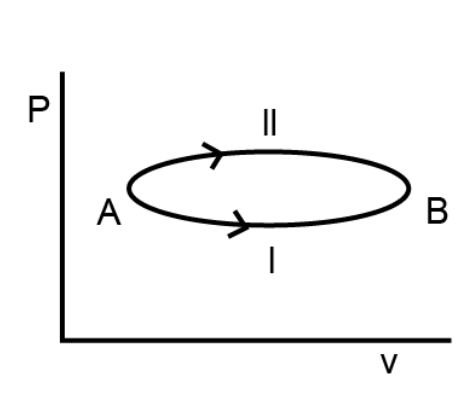
View SolutionTwo rectangular blocks, having identical dimensions, an be arranged either in configuration-I or in configuration-II as shown in the figure. One of the blocks has thermal conductivity k and the other 2k. The temperature difference between the ends along the x-axis is the same in both the configurations. It takes 9s to transport a certain amount of heat from the hot end to the cold end in the configuration-I. The time to transport the same amount of heat in the configuration-II is
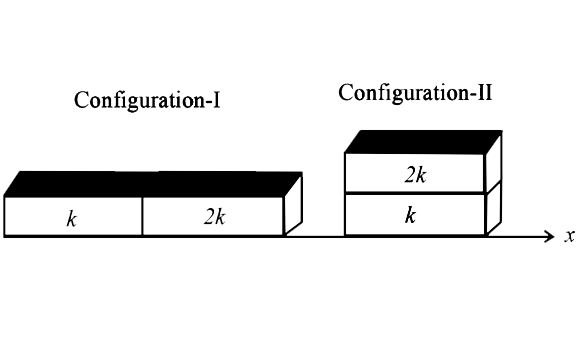
View Solution
Knowledge Check
A gas expands from i to f along the three paths indicated. The work done along the three paths denoted by W1,W2andW3 have the relationship
 AW1<W2<W3BW2<W1=W3CW2<W1<W3DW1>W2>W3
AW1<W2<W3BW2<W1=W3CW2<W1<W3DW1>W2>W3
Two rectangular blocks, having identical dimensions, an be arranged either in configuration-I or in configuration-II as shown in the figure. One of the blocks has thermal conductivity k and the other 2k. The temperature difference between the ends along the x-axis is the same in both the configurations. It takes 9s to transport a certain amount of heat from the hot end to the cold end in the configuration-I. The time to transport the same amount of heat in the configuration-II is

View SolutionIn the following reaction, the final product can be prepared by two paths (I) and (II).
Which of the folliwng statemetns is correct?
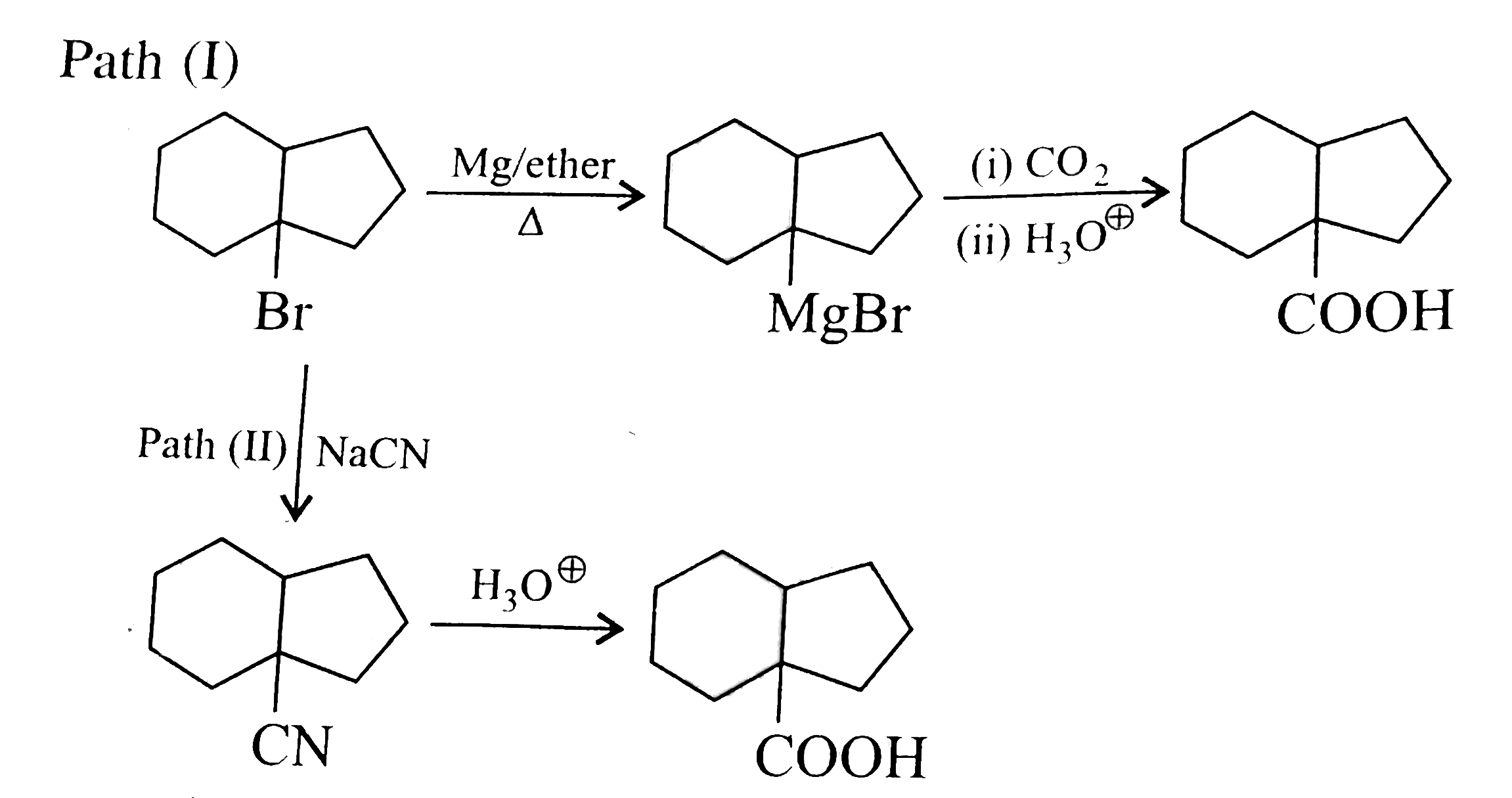
View SolutionA reaction proceeds through two paths I and II to convert X→Z.
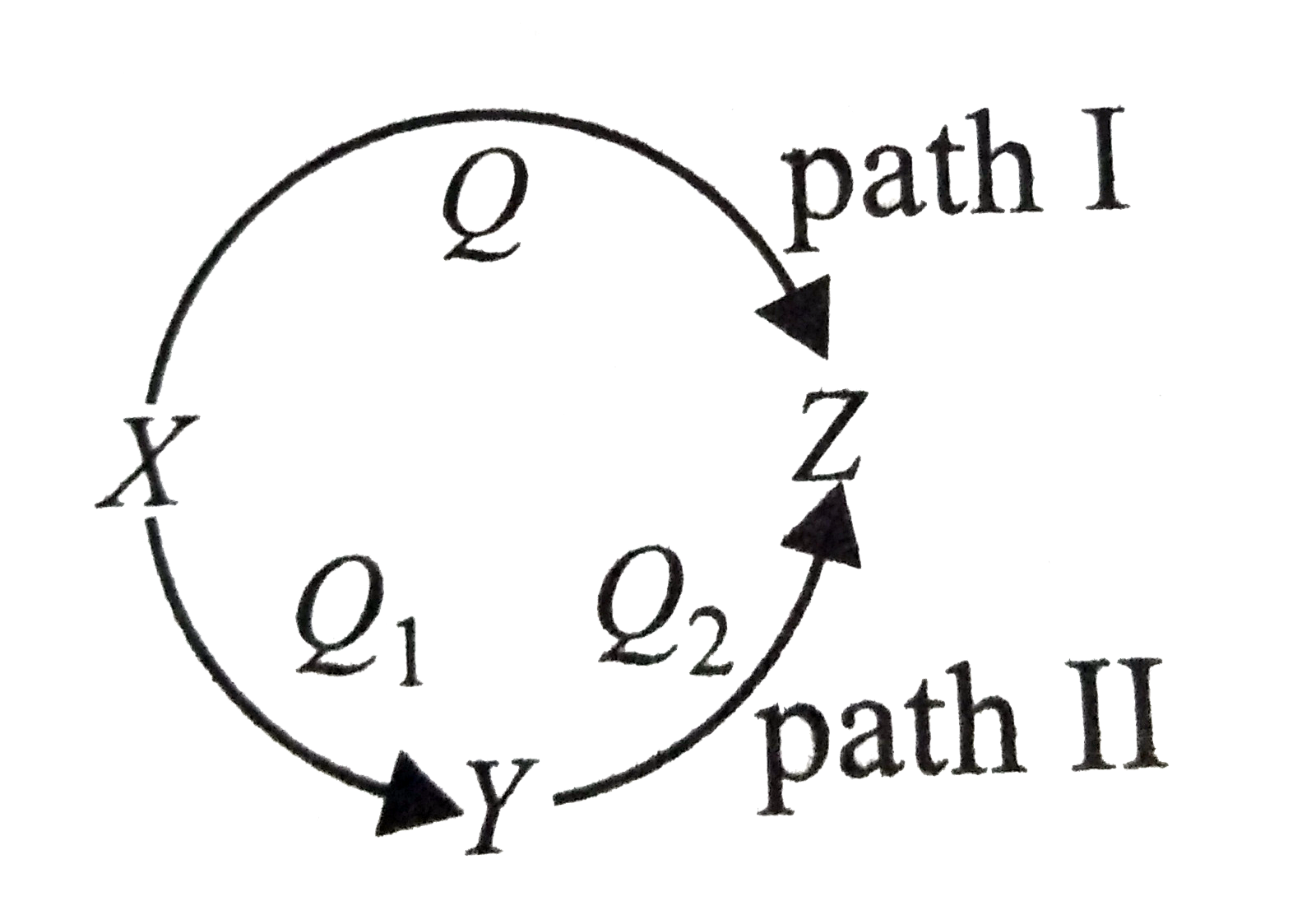
What is the correct relationship between Q.Q1andQ2 ?
View SolutionIn the given an ideal gas can change its state from A to C by two paths ABC or AC. Then
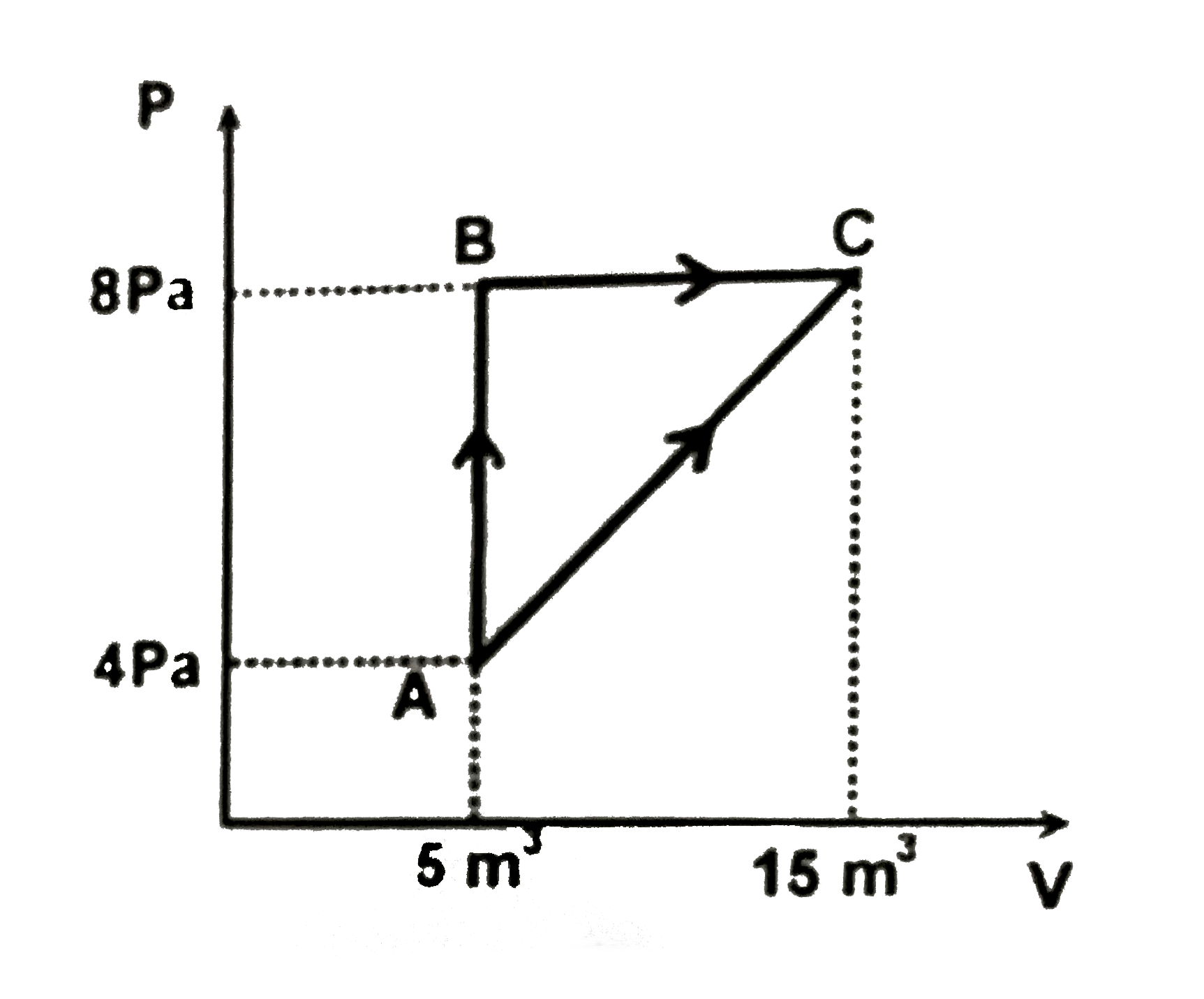
View SolutionA system is taken from state a to state c by two paths abc and abc as shown in the figure. The internal energy at a is Ua=10J. Along the path adc the amount of heat absorbed δQ1=50J and the work obtained δW1=20J whereas along the path abc the heat absorbed δQ2=36J. The amount of work along the path abc is

View SolutionWhen a particle is projected at some angle with the horizontal, the path of the particle is parabolic. In the process the horizontal velocity remains constant but the magnitude of vertical velocity changes. At any instant during flight the acceleration of the particle remains g in vertically downward direction. During flight at any point the path of particle can be considered as a part of circle and radius of that circle is called the radius of curvature of the path
Consider that a particle is projected with velocity u=10m/s at an angle θ=60∘ with the horizontal and take value of g=10m/s2. Now answer the following questions.
The radius of curvature of path of particle at the instant when the velocity vector of the particle becomes perpendicular to initial velocity vector is
View SolutionThere are two paths for the preparation of 2−methyl pentanoic acid (III) from pentan−2−ol(I). Which path is feasible and why ?
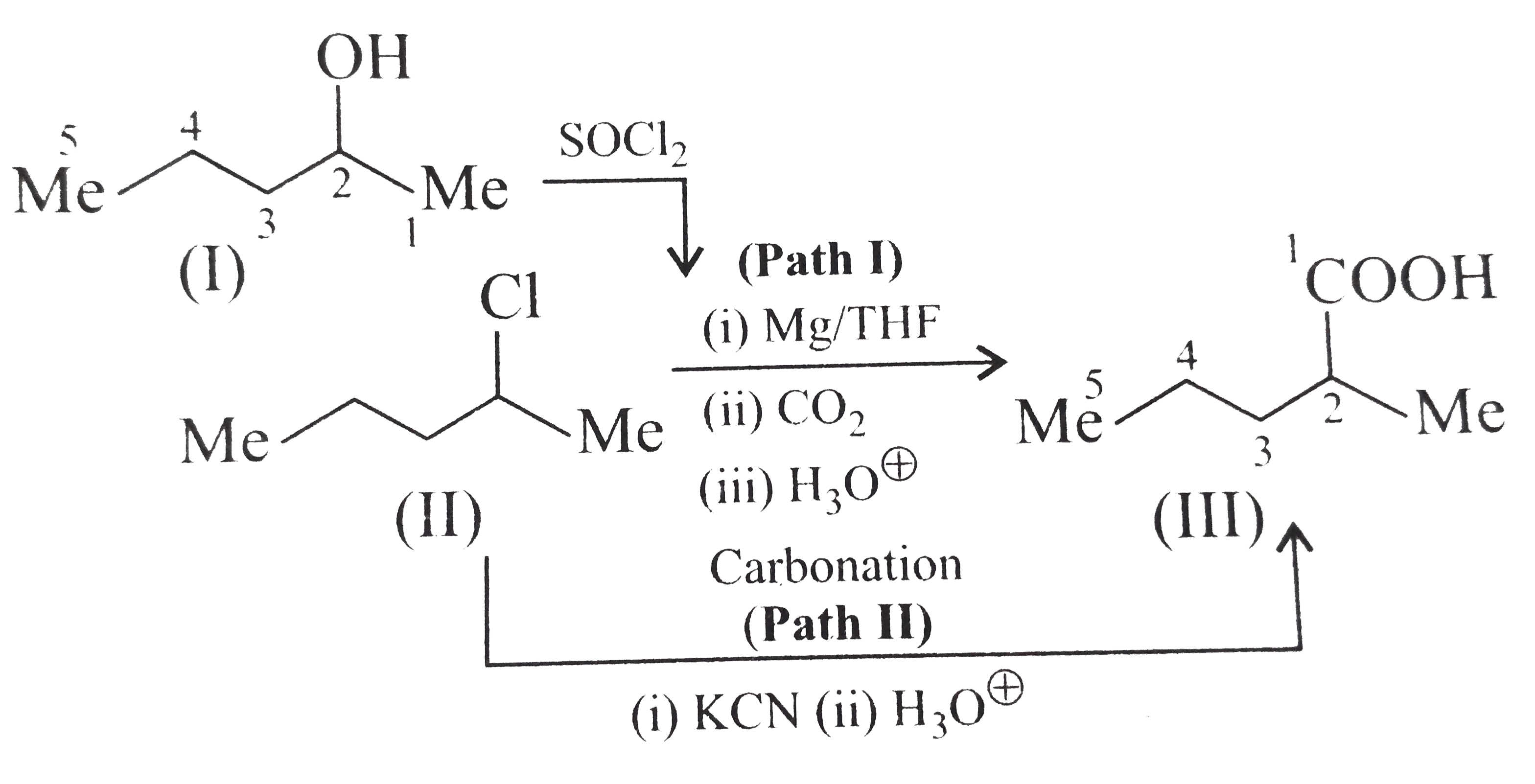 .
.
View Solution
